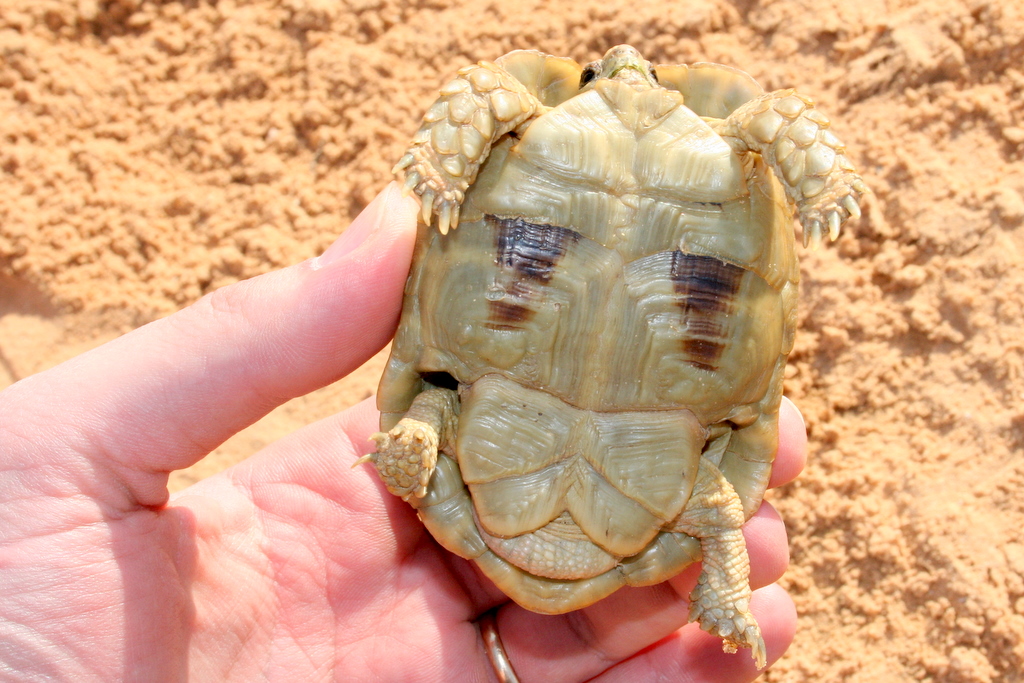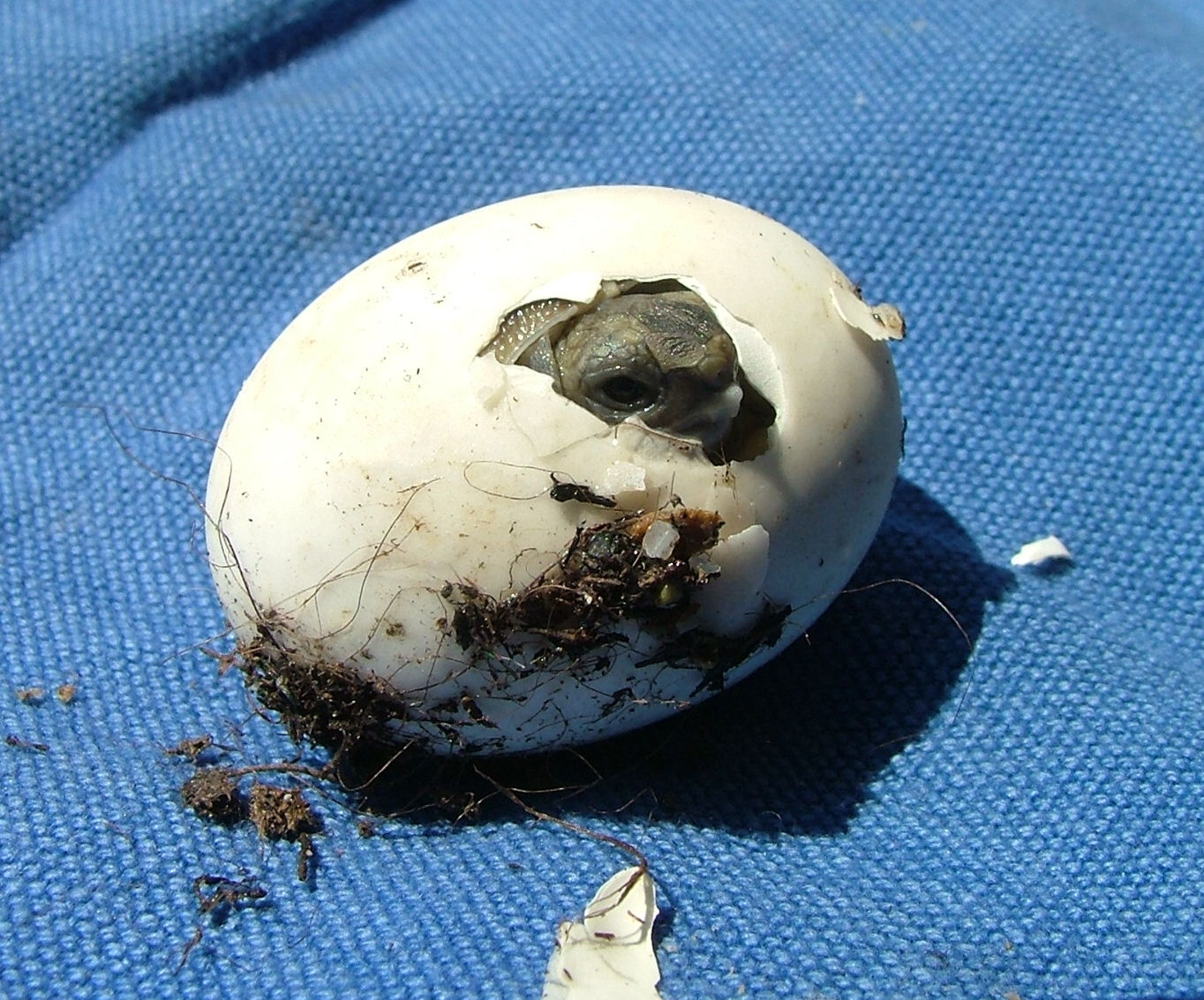|
Testudo (genus)
''Testudo'', the Mediterranean tortoises, are a genus of tortoises found in North Africa, Western Asia, and Europe. Several species are under threat in the wild, mainly from habitat destruction. Background They are small tortoises, ranging in length from 7.0 to 35 cm and in weight from 0.7 to 7.0 kg. Systematics The systematics and taxonomy of ''Testudo'' is notoriously problematic. Highfield and Martin commented: Synonymies on ''Testudo'' are notoriously difficult to compile with any degree of accuracy. The status of species referred has undergone a great many changes, each change introducing an additional level of complexity and making bibliographic research on the taxa extremely difficult. Most early and not a few later checklists contain a very high proportion of entirely spurious entries, and a considerable number of described species are now considered invalid – either because they are homonyms, non-binomial or for some other reason. Since then, DNA sequence ... [...More Info...] [...Related Items...] OR: [Wikipedia] [Google] [Baidu] |
Greek Tortoise
The Greek tortoise (''Testudo graeca''), also known commonly as the spur-thighed tortoise, is a species of tortoise in the family Testudinidae. ''Testudo graeca'' is one of five species of Mediterranean tortoises (genera '' Testudo'' and '' Agrionemys''). The other four species are Hermann's tortoise (''T. hermanni''), the Egyptian tortoise (''T. kleinmanni''), the marginated tortoise (''T. marginata''), and the Russian tortoise (''A. horsfieldii''). The Greek tortoise is a very long-lived animal, achieving a lifespan upwards of 125 years, with some unverified reports up to 200 years. Geographic range The Greek tortoise's geographic range includes North Africa, Southern Europe, and Southwest Asia. It is prevalent in the Black Sea coast of the Caucasus (from Anapa, Russia, to Sukhumi, Abkhazia, Georgia, to the south), as well as in other regions of Georgia, Armenia, Iran, and Azerbaijan. Evolution The oldest known definitive fossil is from the Early Pliocene of Greece, but ... [...More Info...] [...Related Items...] OR: [Wikipedia] [Google] [Baidu] |
Evolution
Evolution is change in the heritable characteristics of biological populations over successive generations. These characteristics are the expressions of genes, which are passed on from parent to offspring during reproduction. Variation tends to exist within any given population as a result of genetic mutation and recombination. Evolution occurs when evolutionary processes such as natural selection (including sexual selection) and genetic drift act on this variation, resulting in certain characteristics becoming more common or more rare within a population. The evolutionary pressures that determine whether a characteristic is common or rare within a population constantly change, resulting in a change in heritable characteristics arising over successive generations. It is this process of evolution that has given rise to biodiversity at every level of biological organisation, including the levels of species, individual organisms, and molecules. The theory of evolut ... [...More Info...] [...Related Items...] OR: [Wikipedia] [Google] [Baidu] |
Carapace
A carapace is a dorsal (upper) section of the exoskeleton or shell in a number of animal groups, including arthropods, such as crustaceans and arachnids, as well as vertebrates, such as turtles and tortoises. In turtles and tortoises, the underside is called the plastron. Crustaceans In crustaceans, the carapace functions as a protective cover over the cephalothorax (i.e., the fused head and thorax, as distinct from the abdomen behind). Where it projects forward beyond the eyes, this projection is called a rostrum. The carapace is calcified to varying degrees in different crustaceans. Zooplankton within the phylum Crustacea also have a carapace. These include Cladocera, ostracods, and isopods, but isopods only have a developed "cephalic shield" carapace covering the head. Arachnids In arachnids, the carapace is formed by the fusion of prosomal tergites into a single plate which carries the eyes, ocularium, ozopores (a pair of openings of the scent gland of Opiliones) a ... [...More Info...] [...Related Items...] OR: [Wikipedia] [Google] [Baidu] |
Egyptian Tortoise
Kleinmann's tortoise (''Testudo kleinmanni''), also called commonly the Egyptian tortoise, Leith's tortoise, and the Negev tortoise, is a critically endangered species of neck-hiding tortoise in the family Testudinidae. The species is native to Egypt, Libya, and Israel. The species was once more widespread, but its numbers are now dwindling. The species is nearly extinct in Egypt, and complete extinction in the wild is a looming threat unless more actions are taken to protect this species. Etymology The specific name, ''kleinmanni'', is in honor of Edouard Kleinmann, a French stockbroker who collected the holotype in 1875.Beolens, Bo; Watkins, Michael; Grayson, Michael (2011). ''The Eponym Dictionary of Reptiles''. Baltimore: Johns Hopkins University Press. xiii + 296 pp. . (''Testudo kleinmanni'', p. 143; ''T. werneri'', p. 282). The specific name, ''werneri'' (of the synonym ''Testudo werneri''), is in honor of Israeli herpetologist Yehudah L. Werner. Description Klei ... [...More Info...] [...Related Items...] OR: [Wikipedia] [Google] [Baidu] |
Nabeul Tortoise
The Tunisian tortoise or Nabeul tortoise (''Testudo graeca nabeulensis'') is a subspecies of Greek tortoises. It was originally described as a new species in 1990, and even placed in a distinct genus. The spur-thighed or "Greek" tortoises are usually collectively referred to as ''Testudo graeca'', but this covers a wide variety of subspecies that have very different ecological and morphological characteristics and appear to comprise at least three phylogenetic lineages.van der Kuyl, Antoinette C.; Ballasina, Donato L. Ph. & Zorgdrager, Fokla (2005): Mitochondrial haplotype diversity in the tortoise species ''Testudo graeca'' from North Africa and the Middle East. '' BMC Evol. Biol.'' 5: 29. (HTML/PDF fulltext + supplementary material) As its name implies, it is found in Tunisia and nearby Algeria. Description and ecology The Tunisian tortoise is a relatively small tortoise. The adult males usually have carapaces that seldom exceed 13 cm (about 4.5 in), whilst the adult f ... [...More Info...] [...Related Items...] OR: [Wikipedia] [Google] [Baidu] |
Araxes Tortoise
The Armenian tortoise (''Testudo graeca armeniaca'') or Araxes tortoise is a subspecies of the Greek tortoise Distribution It can be found in Armenia Armenia (), , group=pron officially the Republic of Armenia,, is a landlocked country in the Armenian Highlands of Western Asia.The UNbr>classification of world regions places Armenia in Western Asia; the CIA World Factbook , , and ' ..., mainly in semi-desert habitats of Araks Valley, as well as in Tavush Province. Biota and climate It can be found in various habitats, including the dry steppes and grassy slopes of hills or mountains with bushes, forests, meadows, and fields. It avoids the saline soils and areas with thick vegetation. Description This turtle has a flattened carapace, dark brown and yellow-cream in color, with a height equal to half the length of the carapace. The "annual rings" are clearly recognizable. The "toes" on front legs are flat and adapted for digging. Its size varies from 20 to 23& ... [...More Info...] [...Related Items...] OR: [Wikipedia] [Google] [Baidu] |
Spur-thighed Tortoise
The Greek tortoise (''Testudo graeca''), also known commonly as the spur-thighed tortoise, is a species of tortoise in the family Testudinidae. ''Testudo graeca'' is one of five species of Mediterranean tortoises ( genera '' Testudo'' and '' Agrionemys''). The other four species are Hermann's tortoise (''T. hermanni''), the Egyptian tortoise (''T. kleinmanni''), the marginated tortoise (''T. marginata''), and the Russian tortoise (''A. horsfieldii''). The Greek tortoise is a very long-lived animal, achieving a lifespan upwards of 125 years, with some unverified reports up to 200 years. Geographic range The Greek tortoise's geographic range includes North Africa, Southern Europe, and Southwest Asia. It is prevalent in the Black Sea coast of the Caucasus (from Anapa, Russia, to Sukhumi, Abkhazia, Georgia, to the south), as well as in other regions of Georgia, Armenia, Iran, and Azerbaijan. Evolution The oldest known definitive fossil is from the Early Pliocene of Greece, bu ... [...More Info...] [...Related Items...] OR: [Wikipedia] [Google] [Baidu] |
Hermann's Tortoise
Hermann's tortoise (''Testudo hermanni'') is a species of tortoise. Two subspecies are known: the western Hermann's tortoise (''T. h. hermanni'' ) and the eastern Hermann's tortoise (''T. h. boettgeri'' ). Sometimes mentioned as a subspecies, ''T. h. peleponnesica'' is not yet confirmed to be genetically different from ''T. h. boettgeri''. Etymology The specific epithet, ''hermanni'', honors French naturalist Johann Hermann.Beolens, Bo; Watkins, Michael; Grayson, Michael (2011). ''The Eponym Dictionary of Reptiles''. Baltimore: Johns Hopkins University Press. xiii + 296 pp. . (''Testudo hermanni'', p. 121; ''T. h. boettgeri'', p. 29). The subspecific name, ''boettgeri'', honors German herpetologist Oskar Boettger. Geographic range ''Testudo hermanni'' can be found throughout southern Europe. The western population (''T. h. hermanni'') is found in eastern Spain, southern France, the Balearic islands, Corsica, Sardinia, Sicily, southern and central Italy (Tuscany). The e ... [...More Info...] [...Related Items...] OR: [Wikipedia] [Google] [Baidu] |
Chersine
Hermann's tortoise (''Testudo hermanni'') is a species of tortoise. Two subspecies are known: the western Hermann's tortoise (''T. h. hermanni'' ) and the eastern Hermann's tortoise (''T. h. boettgeri'' ). Sometimes mentioned as a subspecies, ''T. h. peleponnesica'' is not yet confirmed to be genetically different from ''T. h. boettgeri''. Etymology The specific epithet, ''hermanni'', honors French naturalist Johann Hermann.Beolens, Bo; Watkins, Michael; Grayson, Michael (2011). ''The Eponym Dictionary of Reptiles''. Baltimore: Johns Hopkins University Press. xiii + 296 pp. . (''Testudo hermanni'', p. 121; ''T. h. boettgeri'', p. 29). The subspecific name, ''boettgeri'', honors German herpetologist Oskar Boettger. Geographic range ''Testudo hermanni'' can be found throughout southern Europe. The western population (''T. h. hermanni'') is found in eastern Spain, southern France, the Balearic islands, Corsica, Sardinia, Sicily, southern and central Italy (Tuscany). The e ... [...More Info...] [...Related Items...] OR: [Wikipedia] [Google] [Baidu] |
Russian Tortoise
The Russian tortoise (''Testudo horsfieldii''), also commonly known as the Afghan tortoise, the Central Asian tortoise, Horsfield's tortoise, four-clawed tortoise, and the (Russian) steppe tortoise, is a threatened species of tortoise in the family Testudinidae. The species is endemic to Central Asia. Human activities in its native habitat contribute to its threatened status. Etymology Both the specific name, ''horsfieldii'', and the common name "Horsfield's tortoise" are in honor of the American naturalist Thomas Horsfield. Systematics This species is traditionally placed in '' Testudo''. Due to distinctly different morphological characteristics, the monotypic genus ''Agrionemys'' was proposed for it in 1966, and was accepted for several decades, although not unanimously. DNA sequence analysis generally concurred, but not too robustly so. However, in 2021, it was again reclassified in ''Testudo'' by the Turtle Taxonomy Working Group and the Reptile Database, with ''Agrion ... [...More Info...] [...Related Items...] OR: [Wikipedia] [Google] [Baidu] |
Molecular Clock
The molecular clock is a figurative term for a technique that uses the mutation rate of biomolecules to deduce the time in prehistory when two or more life forms diverged. The biomolecular data used for such calculations are usually nucleotide sequences for DNA, RNA, or amino acid sequences for proteins. The benchmarks for determining the mutation rate are often fossil or archaeological dates. The molecular clock was first tested in 1962 on the hemoglobin protein variants of various animals, and is commonly used in molecular evolution to estimate times of speciation or radiation. It is sometimes called a gene clock or an evolutionary clock. Early discovery and genetic equidistance The notion of the existence of a so-called "molecular clock" was first attributed to Émile Zuckerkandl and Linus Pauling who, in 1962, noticed that the number of amino acid differences in hemoglobin between different lineages changes roughly linearly with time, as estimated from fossil evi ... [...More Info...] [...Related Items...] OR: [Wikipedia] [Google] [Baidu] |








